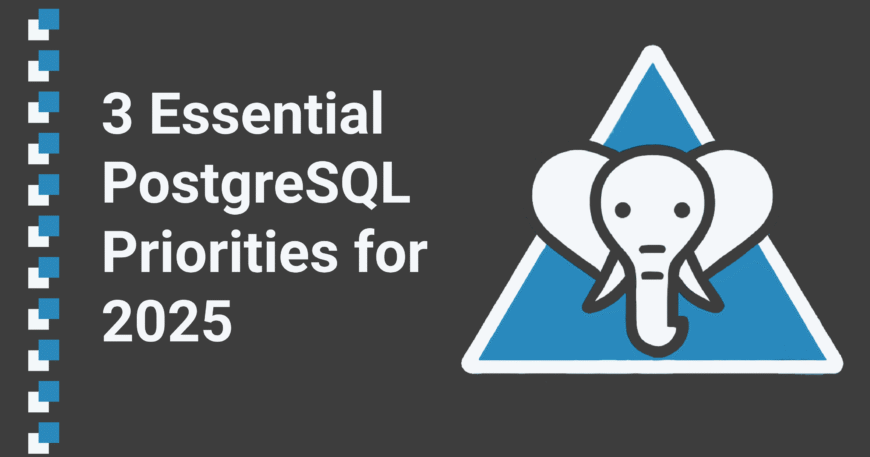Don’t Skip ANALYZE: A Real-World PostgreSQL Story
Recently, we worked on a production PostgreSQL database where a customer reported that a specific SELECT query was performing extremely slowly. The issue was critical since this query was part of a daily business process that directly impacted their operations.








